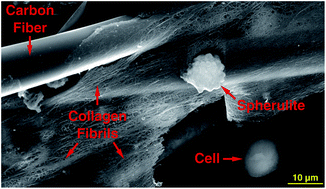*
Corresponding authors
a
Instituto de Biopatología y Medicina Regenerativa, Centro de Investigación Biomédica, Universidad de Granada, Avda. del Conocimiento 2, 18016, Granada, Spain
E-mail:
jmrdar@ugr.es
Tel: +34 958 241000 ext. 20013
b
Unidad de Radiología Experimental CIC, Centro de Instrumentación Científica, Universidad de Granada, Avda. del Conocimiento, 18016, Granada, Spain
c
Departamento de Química Inorgánica, Universidad de Jaén, 23009, Jaén, Spain
d
Departamento de Química Inorgánica, Facultad de Ciencias, Universidad de Granada, 18001, Granada, Spain
e
Instituto de Parasitología y Biomedicina “López-Neira”, Consejo Superior de Investigaciones Científicas, Avda. del Conocimiento, 18016, Granada, Spain
f
Hospital Universitario San Cecilio, SAS, Avenida Dr Olóriz, 18012, Granada, Spain


 Please wait while we load your content...
Please wait while we load your content...